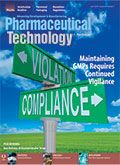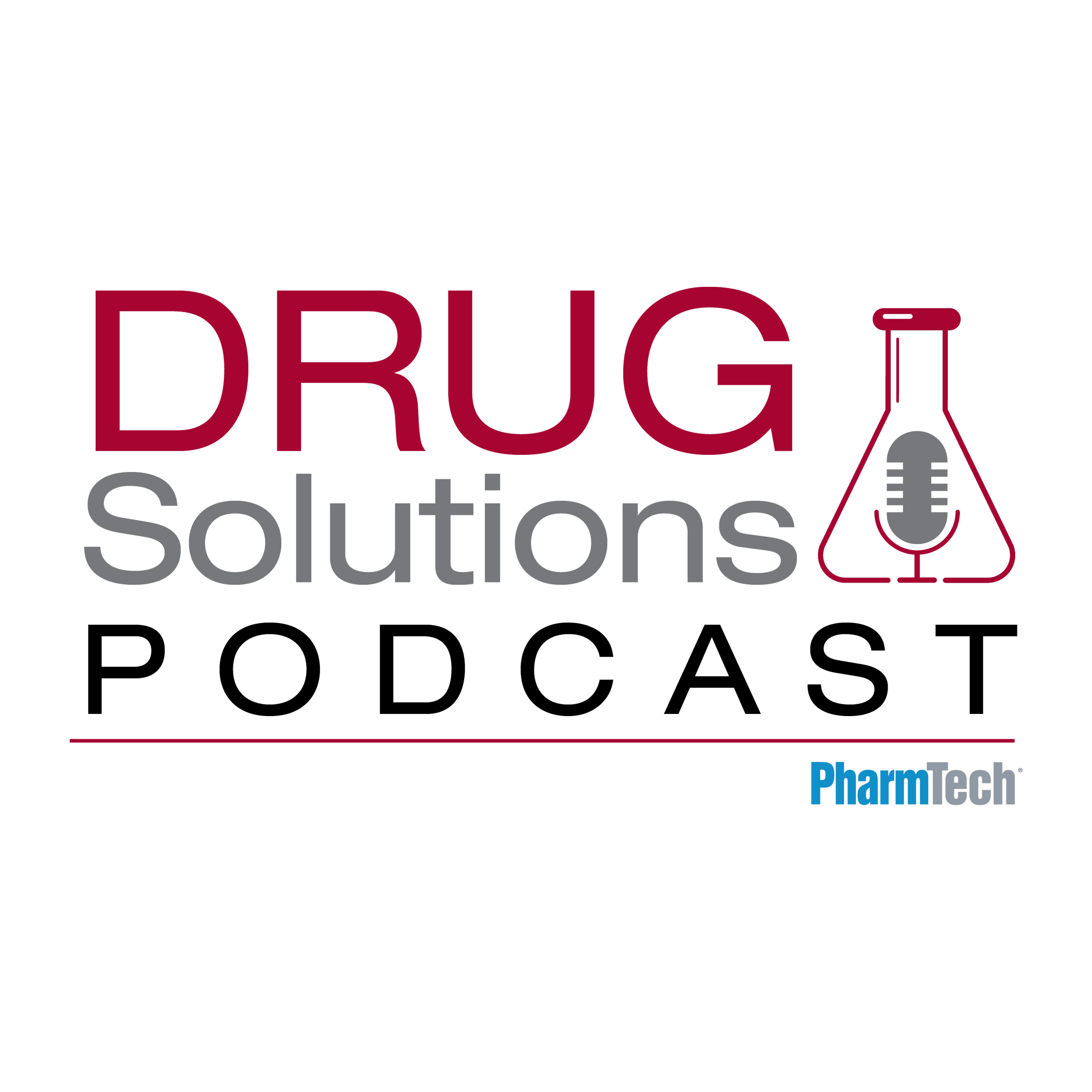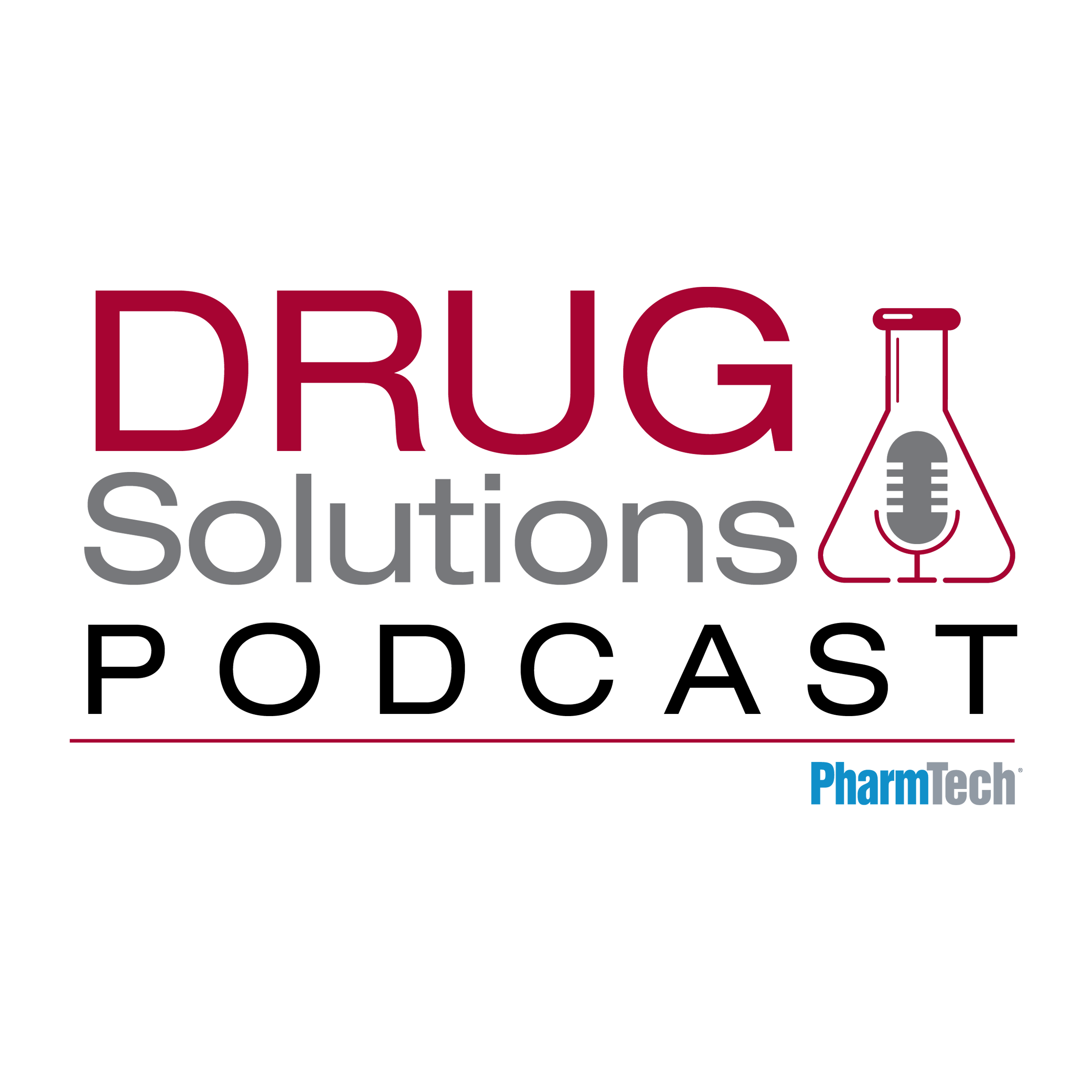News
Article
Pharmaceutical Technology
Collaboration on GMP Inspections Has Been Successful but Challenges Exist
Author(s):
EMA, the leading driver behind GMP inspection collaboration schemes, will be cutting back its involvement because of the need to concentrate on its relocation to Amsterdam.
The drive by the European Union, the United States, and other leading developed regions and countries to harmonize standards of good manufacturing practice (GMP) inspections to avoid duplications and gain other efficiencies seems already to be paying dividends. There are, however, at the same time, signs that the rate of progress may soon slow down because of a limited number of agencies capable of participating in mutual recognition schemes.
A decline in GMP inspections
The European Medicines Agency (EMA), the EU organization responsible for the centralized authorization of medicines and a major driving force behind international collaboration in GMP, has also warned it is having to slow down its activities in this area because of its need to concentrate resources on relocating its headquarters from London to Amsterdam due to Brexit. The agency has in fact reported a steep 43% decline (1) in GMP inspections in 2017, carried out on its behalf by inspectors from EU national agencies. Furthermore, it is forecasting an even sharper decrease this year to 100 inspections, equivalent to an annual drop of 68% (1).
In its latest annual report (2) published in May 2018, EMA linked the decrease in inspections mainly to a mutual recognition agreement (MRA) on GMP inspections between the US and the EU’s 28 member states, which came into operation in 2017 and is due to be fully implemented in 2019. It also benefits from MRAs on inspections between the EU and seven other non-EU countries and their agencies, the latest of which, in addition to the US and its Food and Drug Administration, includes Canada and its licensing authority Health Canada.
The relative success of the current international collaboration projects has also been highlighted in a report (3), published in April 2018, on the activities in 2011–2016 of the International Active Pharmaceutical Ingredients Inspection Programme. This 10-year-old scheme, in which 12 national and international agencies are participating, aims to make more efficient use of inspection resources through greater international co-operation and information sharing.
The programme’s members, the majority of them European, include EMA; the European Directorate for Quality of Medicines (EDQM), run by the Council of Europe, a body separate from the EU; the World Health Organization (WHO); and a number of national agencies including FDA and those of Australia, Japan, Canada, as well as the EU national licensing authorities in France, Italy, and the United Kingdom. Over the past six years, the project has focused mainly on sharing information on inspection plans and outcomes. On specific sites of common or high interest, inspection reports have been exchanged or joint inspections carried out.
The report (3) on the programme’s activities in 2011–2016 was based on a review of inspections of 944 API sites in third countries by the participants. The vast majority of the sites were in India or China. Most of the objectives behind the programme were being achieved during the period, according to the report’s conclusions. There was an increase in the number of API sites inspected by the participating authorities. As a result of this rise, “more information was shared by participating authorities and, therefore, the programme brought more transparency and efficiency for the planning and realisation of GMP inspections,” the report said (3).
The number of duplicated inspections went down, although by exactly how much has been difficult to estimate because of factors such as separate inspections by authorities after a site has been declared non-compliant, according to the report. EDQM, for example, called off 36 planned inspections of sites in 2016 after they were inspected by other authorities in the programme (3).
Overall, 28% of the sites in the review that had been found to be non-compliant were inspected an average of 3.6 times. This figure contrasted with 72% of sites with a history of compliance, which were inspected 2.7 times. The number of sites of common interest has shown the potential for shared information and tools such as joint inspections. At least two participating European authorities, including EDQM, had 350 sites of common interest with FDA, 136 with the Australian agency Therapeutics Goods Administration (TGA), and 41 with WHO.
The report (3) conceded that some aims were not achieved, such as the implementation of recommendations from a 2008–2010 pilot scheme. These aims included a shared database with a comprehensive list of API manufacturers and a common policy framework on the re-inspection of sites in third countries.
“These ambitious undertakings would likely require many years of work beyond what has occurred to date,” the report warned (3). If the programme is to achieve even bigger objectives, it will have to increase not only the number of participants but also the involvement of existing members. The report said that gaining a more active participation among members of the group remained a challenge.
The relatively limited participation by some members has demonstrated how much collaborative schemes in areas such as GMP inspections relied on the work of well-established and resourced agencies. Ireland’s Health Products Regulatory Agency (HPRA) has had to limit its involvement because of other responsibilities. “The HPRA is a participant of the programme, but we have not been in a position to take part in it in an inspection capacity,” an agency spokesperson said.
When the programme was set up in 2008, nine agencies and organizations-EMA, EDQM, and the national agencies of the US, Australia, France, Italy, Ireland, UK, and Germany-took part in a pilot project to prove the scheme’s long-term viability.
In the years after the pilot trial, comparatively few new participants have been recruited, although one of the new members was WHO, a large player in global GMP inspections. The inspections covered in the 2011–2016 report were also conducted by nine authorities and organizations, but compared to the pilot, excluded the agencies from Germany and Ireland and included Denmark’s agency, a new member, and WHO. Japan’s Pharmaceuticals and Medical Devices Agency (PDMA), Health Canada, and WHO became full members of the programme in 2016 but they were too late to participate in the 2011–2016 review.
Confidentiality issues
Even for European organizations, it has been a tough task meeting the criteria laid down for membership. ZLG, Germany’s co-ordinator of the GMP inspections by the country’s Laender states, withdrew from the programme altogether after the end of the pilot trail because of legal issues over the confidentiality of inspection information. In fact, the matter of confidentiality still remains a difficulty with Germany’s participation in international GMP collaboration projects. It has become a problem with its participation in the EU–FDA mutual recognition agreement.
“Discussions between Germany and FDA regarding the signing of a confidentiality commitment for the German Laender in the context of the MRA are ongoing,” a ZLG spokesperson told Pharmaceutical Technology Europe. Among recommendations made by the report (3) were improvements to the generation and sharing of information through the establishment of a central repository with write access or updating capabilities. This is a role that has been taken on by EudraGMDP, the EU database of information on GMP inspections and those for good distribution practice. The database is run by EMA, which further underlines the important position assumed by the agency in international GMP collaboration schemes.
Impact of Brexit
However, work by EMA on international collaboration schemes will be disrupted over the next few years because of pressure on its resources from the relocation of its headquarters from London to Amsterdam in time for the UK’s departure from the EU at the end of March 2019. The agency has had to set itself priorities so that some activities such as international collaboration will be given less importance. Some will be reduced or suspended altogether. “While EMA will continue to be an active participant in the programme, its activities will be prioritized as per the agency’s business continuity plan [on relocation],” an EMA spokesperson told Pharmaceutical Technology Europe.
As many as 20% of the agency’s staff are likely to leave the organization because of the move to Amsterdam (1). In addition, the agency will have to operate in temporary offices in the city until a newly built headquarters is completed.
One casualty has been a scheme for the training of existing or potential GMP inspectors in third countries. The project is now being restricting to inspectors in India and China, which accounts for 85% of API inspections by EU inspectorates or their non-EU partners. But even the training support for inspectors in these countries is being reduced this year and in 2019. Other schemes for the training of not only inspectors but also assessors and international regulators in third countries are also being reduced or suspended.
A three-year project, due to end in 2020, to develop guidance on data integrity in collaboration with the Geneva-based Pharmaceutical Inspection Co-operation Scheme, a Geneva-based organization with 52 participating inspectorates, has been suspended (1), even though a draft guidance had already been published.
Data integrity remains a major importance because of the key part it plays in GMP standards. It also fits in with the agency’s top priority-the maintenance of uninterrupted supplies of medicines and the assurance that medicines will continue to be authorized and supervised at the same high quality level as previously. Nonetheless, the collaborative development of a consistent approach to data integrity may have to wait, like other matters requiring international co-operation, until the EMA is firmly settled in its new headquarters.
References
1. EMA, Multi-Annual Work Programme 2018–2020 (London, 3 March 2018).
2. EMA, Annual Report of European Medicines Agency 2017 (London, 2 May 2018).
3. EMA and 11 other organizations, Report on International Active Pharmaceutical Ingredients Inspection Programme (March 2018).
Article Details
Pharmaceutical Technology Europe
Vol. 30, No. 7
July 2018
Pages: 8–9
Citation
When referring to this article, please cite it as S. Milmo, “Collaboration on GMP Inspections Has Been Successful but Challenges Exist,” Pharmaceutical Technology Europe 30 (7) 2018.
About the Author
Sean Milmo is a freelance writer based in Essex, United Kingdom, seanmilmo@btconnect.com.

Newsletter
Get the essential updates shaping the future of pharma manufacturing and compliance—subscribe today to Pharmaceutical Technology and never miss a breakthrough.





